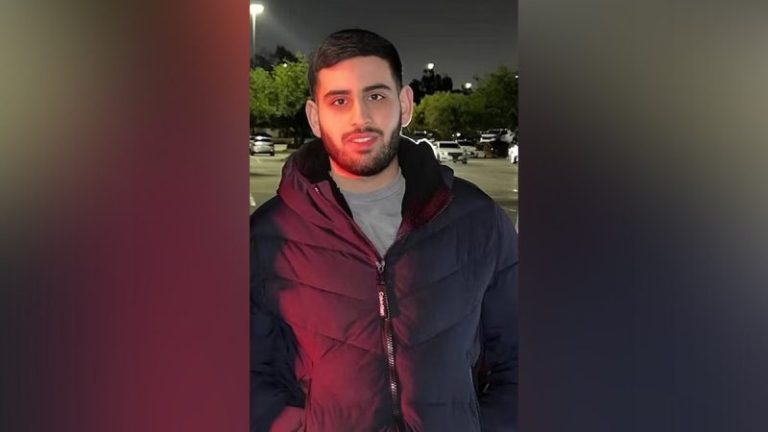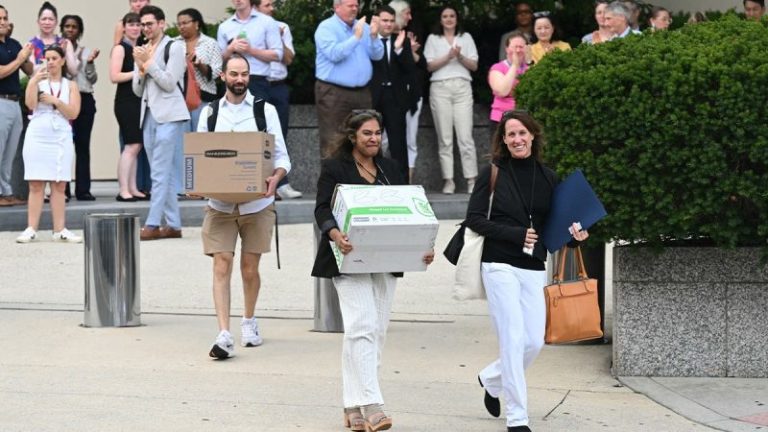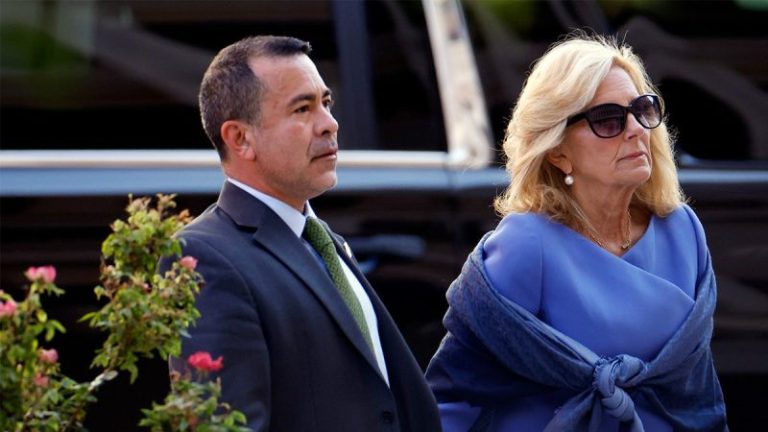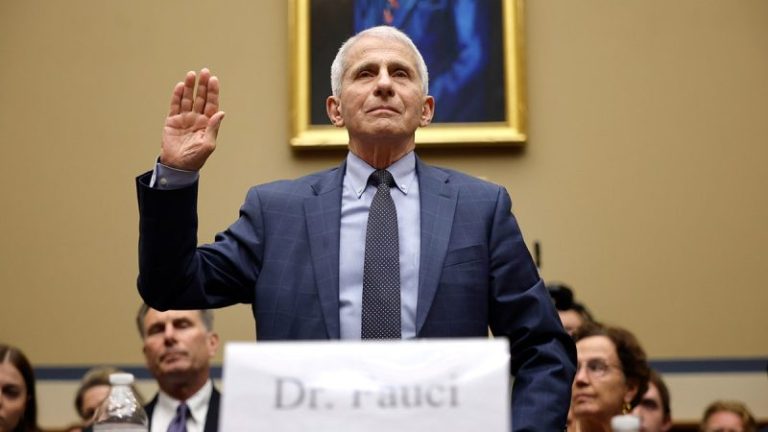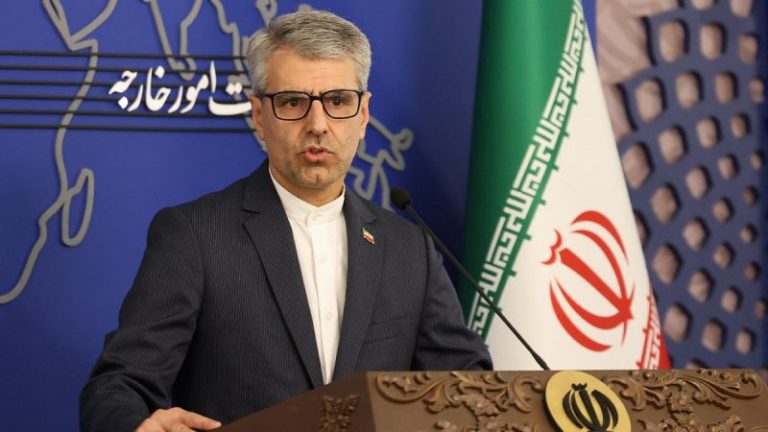The U.S. ambassador to Israel, Mike Huckabee, on Tuesday called on Israeli authorities to ‘aggressively investigate’ the killing of Sayfollah Musallet, a 20-year-old Palestinian-American who was reportedly beaten to death by a gang of extremist settlers in the West Bank village of Sinjil on Friday.
‘We have asked Israel to aggressively investigate the murder of Saif Mussallet, an American citizen who was visiting family in Sinjil when he was beaten to death in the West Bank,’ Huckabee wrote on X. ‘There must be accountability for this criminal and terrorist act. Saif was only 20 years old.’
According to the family, Musallet was visiting the West Bank from Tampa, Florida, to reconnect with relatives and visit family-owned farmland.
‘This is an unimaginable nightmare and injustice that no family should ever have to face,’ the family said in a statement. ‘We demand the U.S. State Department lead an immediate investigation and hold the Israeli settlers who killed Saif accountable for their crimes.’
Israeli military officials said the confrontation began when Palestinians threw rocks at settlers, lightly injuring two. IDF forces were deployed to the area and used non-lethal crowd control methods, the army said.
So far, no Israeli suspects have been arrested in connection with the killings. Two Israeli minors detained on Friday night for suspected involvement in public disturbances were later released to house arrest. A reserve soldier questioned by the military police over the shooting during the incident was also released.
The Palestinian Health Ministry said Musallet was fatally beaten during an attack by settlers in the area. Another man, 23-year-old Mohammed al-Shalabi, was shot in the chest and also killed during the same incident.
Sources in the Israeli police told Haaretz newspaper that the lack of an autopsy and the fact that the bodies were not transferred to Israeli authorities may complicate the investigation.
A military court also released Abdullah Hamida, a Palestinian resident arrested during the settler raid, criticizing police conduct. During the hearing, the police representative admitted he was unaware that any Palestinians had been killed, and incorrectly claimed the only wounded were settlers.
The State Department acknowledged awareness of the incident but declined further comment, Reuters reports, citing ‘respect for the privacy of the family and loved ones.’

